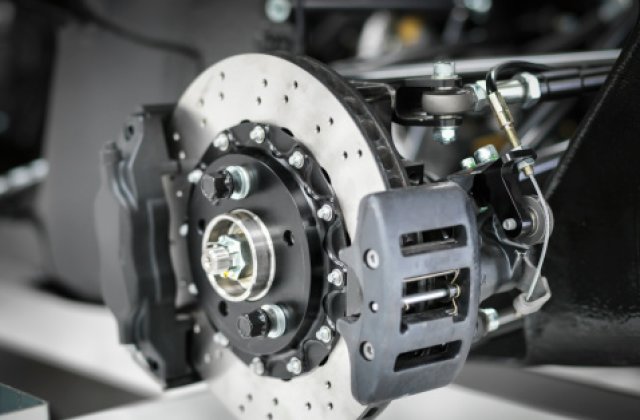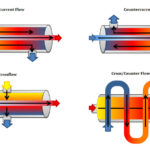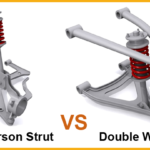Anti-Lock Braking System is a safety system that allows the wheels on a motor vehicle to continue interacting tractively with the road surface as directed by driver steering inputs while braking, preventing the wheels from locking up (that is, ceasing rotation) and therefore avoiding skidding. A skidding wheel (where the tire contact patch is sliding relative to the road) has less traction than a non-skidding wheel. If you have been stuck on ice, you know that if your wheels are spinning you have no traction. This is because the contact patch is sliding relative to the ice. By keeping the wheels from skidding while you slow down, anti-lock brakes benefit you in two ways: You’ll stop faster, and you’ll be able to steer while you stop.
There are four main components to an ABS system:
a) Speed sensors
b) Pump
c) Valves
d) Controller
Speed Sensors– The anti-lock braking system needs some way of knowing when a wheel is about to lock up. The speed sensors, which are located at each wheel, or in some cases in the differential, provide this information.
Valves– There is a valve in the brake line of each brake controlled by the ABS. On some systems, the valve has three positions:
· In position one, the valve is open; pressure from the master cylinder is passed right through to the brake.
· In position two, the valve blocks the line, isolating that brake from the master cylinder. This prevents the pressure from rising further should the driver push the brake pedal harder.
· In position three, the valve releases some of the pressure from the brake.
Pump– Since the valve is able to release pressure from the brakes, there has to be some way to put that pressure back. That is what the pump does; when a valve reduces the pressure in a line, the pump is there to get the pressure back up.
Controller– The controller is a computer in the car. It watches the speed sensors and controls the valves.

An ABS generally offers improved vehicle control and decreases stopping distances on dry and slippery surfaces for many drivers; however, on loose surfaces like gravel or snow-covered pavement, an ABS can significantly increase braking distance, although still improving vehicle control.


